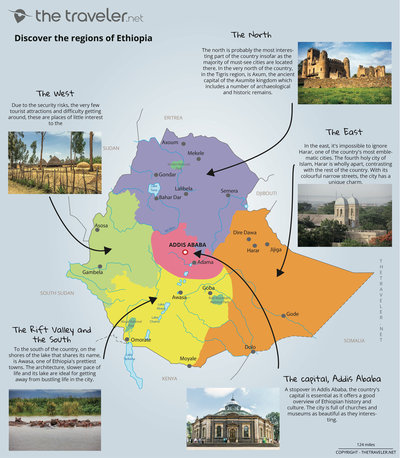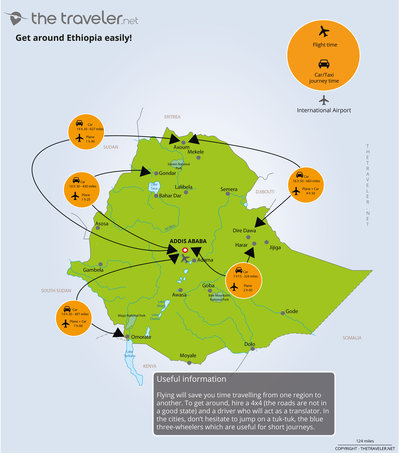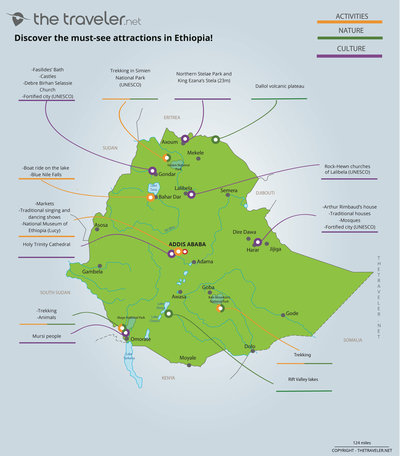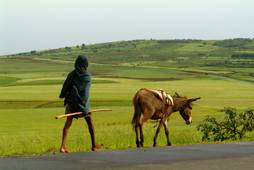Our tourist maps

Éthiopia, often thought of as the cradle of humanity, has much to see: the breathtaking views of the wonderful Simian and Mount Bale National Parks, as well as Lalibela's and Gondar's ancient history promise you an incredible journey. Equally, the country's cuisine and coffee ceremonies should not be missed - two delightful ways to discover this unique country and immerse yourself among the locals. It's worth remembering that few countries combine such a wealth of history, landscapes and biodiversity. From the major places of interest in the north to the unsuspected treasures of the south, a stay in Ethiopia promises to be memorable. Discover our maps to plan your trip in the best possible way.
Region map
Éthiopia is without any doubt one of the jewels of the African continent. As interesting as it is magnificent, the country is replete with treasures that delight every visitor. A visit to the capital, Addis Ababa, is a must. The northern region is home to the majority of the country's tourist attractions, including the cities of Lalibela and Gondar as well as the Simien National Park. Equally, don't miss the east of the country where Harar, the country's most beautiful city can be found. In the very south is the pleasant city of Awasa. Exploring the Rift Valley, with its great lakes, national parks, numerous species of wildlife is equally indispensable.
Overview of 5 tourist regions
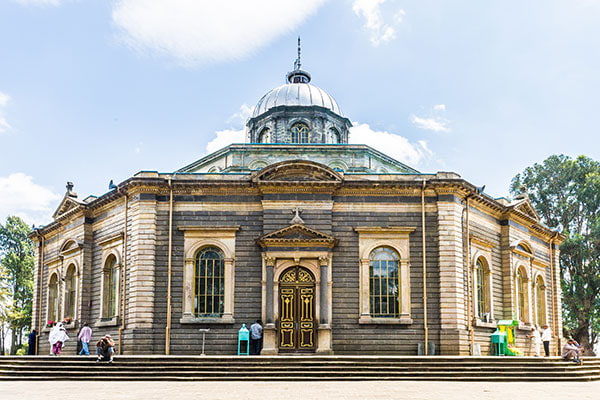
The capital, Addis Ababa
A stopover in Addis Ababa, the country's capital is essential. In fact, you'll probably pass through the city before exploring the rest of the country. The country's economic heart, Addis Ababa also offers a good overview of Ethiopian history and culture. The city is full of churches and museums as beautiful as they interesting. The numerous bars, cafés and restaurants also delight visitors. Ethiopians love to gather around a coffee, and this traditional ceremony should not be missed. Neither should the 'injera', the traditional local dish served with a variety of sauces. And don't forget to watch the traditional dancing, a unique and convivial event.
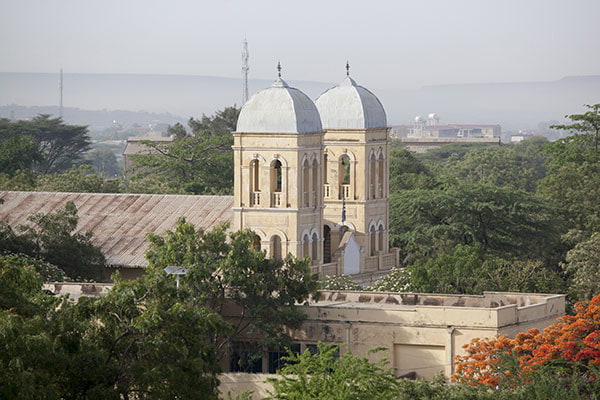
The East
In the east, it's impossible to ignore Harar, one of the country's most emblematic cities. The fourth holy city of Islam, Harar is wholly apart, contrasting with the rest of the country. With its colourful narrow streets, the city has a unique charm. The ancient fortified city has many historical relics, for which it was awarded UNESCO world heritage status in 2006. Harar also has a particular link with France, as the famous poet Arthur Rimbaud spent his last years there. The French Ministry of Culture has built a house in his honour in this city which was so close to his heart. Close to Harar is Dire Dawa, Ethiopia's second largest city. This city also has close links with France, as it was built by the Imperial Company of Franco-Ethiopian Railways.Many French people lived there until 1974. It's hardly surprising the city has a slightly French feel about it. To the south east is the border with Somalia. Very far from the Ethiopia's principle tourist attractions, the area is mired in political conflict and offers little of interest to the visitor.
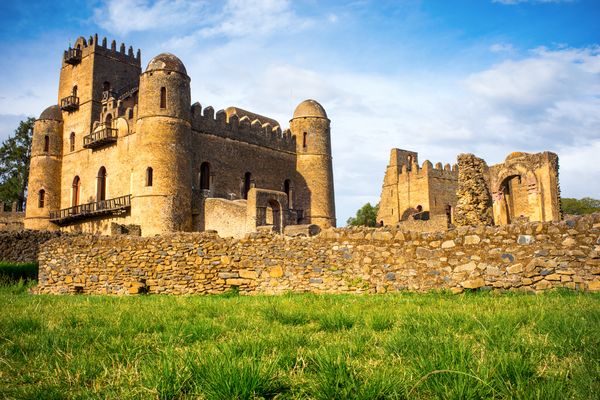
The North
The north is probably the most interesting part of the country insofar as the majority of must-see cities are located there. In the very north of the country, in the Tigris region, is Axum, the ancient capital of the Axumite kingdom which includes a number of archaeological and historic remains. In the Amhara region is Simien, one of the country's most beautiful national parks, where you will find numerous endemic species of incredible fauna and breathtaking scenery. For a touch of history, a trip to the cities of Lalibela and Gondar are indispensable. Lalibela houses incredible churches carved into rock faces and Gondar is full of medieval palaces, castles and fortifications. Both are witness to a rich history that the Ethiopian people have preserved. A stopover in Bahar Dar is also necessary in order to see the famous Blue Nile Falls, a timeless place in the heart of the countryside. Finally, the Afar region in the north east is home to one of the country's greatest wonders. In the Danakil Desert is the incredible geological site of Dallol with its hot springs, geysers and impressive sulphur mountains. although this place does attract many visitors, it is nevertheless a dangerous place, notably for political reasons.
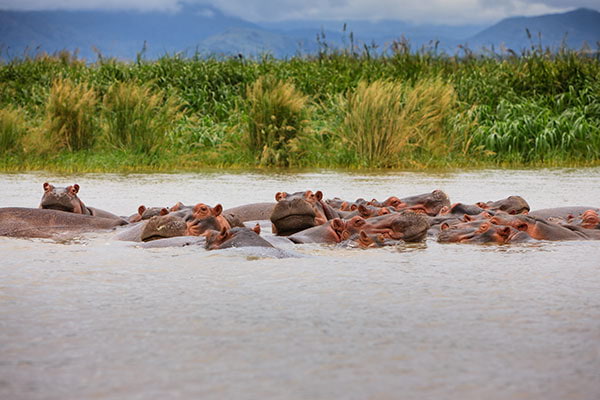
The Rift Valley and the South
To the south of the country, on the shores of the lake that shares its name, is Awasa, one of Ethiopia's prettiest towns. At 1,708 metres altitude, this town in the Rift Valley is the perfect weekend getaway for the residents of Addis Ababa. The architecture, slower pace of life and its lake are ideal for getting away from bustling life in the city. This is also the Rift Valley, one of the most emblematic places on the African continent. And for good reason. This geological formation of faults ands rifts stretches over 3,750 miles. It is an area rich in history and aesthetically impressive with its many lakes (Chamo, Abaya, Abijatta) and national parks. Travelling the Rift Valley is a journey back in time. Finally, in the very far south is the Omo Valley, at the heart of which is Mago National Park where desert, savannah and verdant mountains meet. It's an area that is ideal for walking, in a setting that is both surprising and sublime.
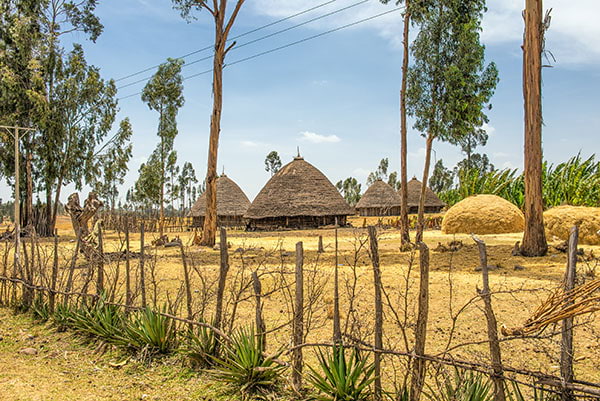
The West
To the west are the regions of Benishangul-Gumuz and Gambela. The former is very close to Sudan and the latter is known as one of the poorest areas in Ethiopia, plagued by conflict. Due to the security risks, the very few tourist attractions and difficulty getting around, these are places of little interest to the traveller.
Attractions maps
Culturally and historically speaking, Ethiopia is probably one of Africa's richest countries. A trip to Éthiopia is also a guarantee of spectacular landscapes. If you love walking, you won't be disappointed by Simien National park which shelters numerous endemic species of animal, Mago National Park's surprising mix of deserts, Savannah and verdant mountains, and the Bale mountains with their breathtaking views. For a touch of history, Axum, Gondar and Lalibela are unmissable and classed as UNESCO world heritage sites. With their churches sculpted into the rock face, their historic remains and medieval castles, you could almost be in Europe. Said by some to be the most beautiful city in Ethiopia, the fortified city of Harar is als worth a visit. Walking through its colourful narrow streets is a real pleasure. Finally, the lakes of the Rift Valley will take you back in time to the birthplace of humanity.
Routes and distances maps
If Ethiopia is an increasingly developed country, the infrastucture remains impractical for getting around. Between the terrible state of the roads, and the children and animals in the road, you have to be extremely careful. That's why it's highly recommended to hire a driver who knows the roads well.
Hiring a car in Éthiopia necessarily includes a driver if you want to leave the capital. It's a recommended service as the driver will act as your guide and translator too. It is advisable to hire a 4x4 given the state of the roads.
Buses are the preferred mode of transport for local people. Although they serve most of the big cities, they are infrequent, often overcrowded and journeys are extremely long due to the number of stops. It's a cheap alternative, but not recommended if you want to travel the country.
The rail network is not at all well developed despite recent infrastructure projects. This is not a recommended form of transport.
Given the distances between cities, flying will save you time. The national Ethiopian Airlines has a good reputation. Prices are reasonable, with return flights costing around 100 dollars. It is worth knowing that flights are cheaper if booked with a local travel agency.
Finally, for getting around the cities, Addis Ababa in particular, taxis are clearly the best option. As a tourist, you should always negotiate as there are no fixed prices, and journeys are not metered. In other cities, don't hesitate to climb on board a tuk-tuk, the small blue three-wheelers which go absolutely everywhere. They are a very cheap and useful way to cover short distances.
You may also like
-
Flights to Ethiopia
All you need to know before buying your plane ticket
-
Places to visit in Ethiopia
The must-see attractions and the best places to visit Ethiopia!
-
Hotel or vacation rental?
Find your dream accommodation in Ethiopia at the best price...
-
When to go?
Be sure to visit Ethiopia at the best time of year!
and why not...
 Kenya
Kenya

